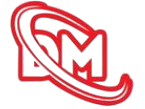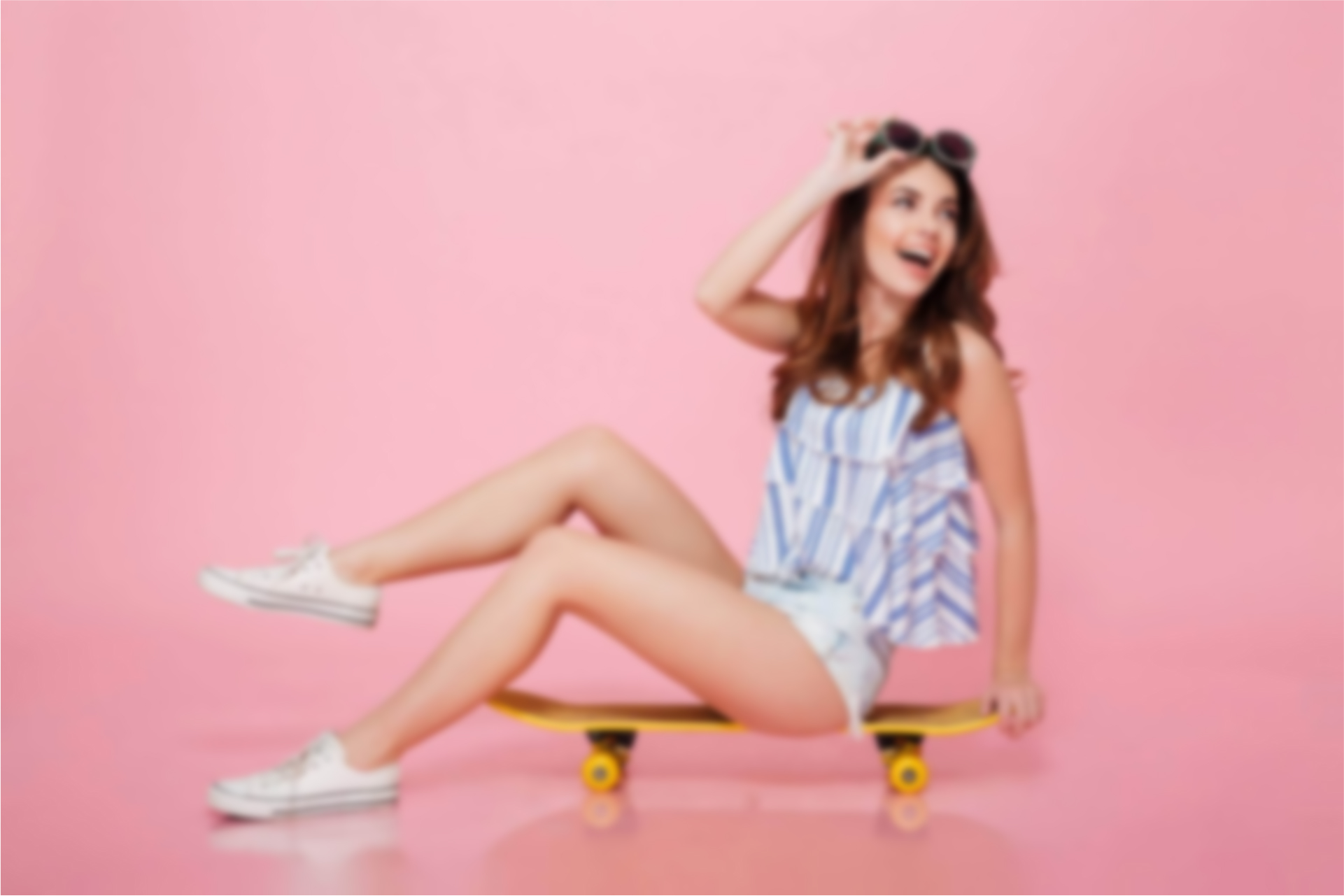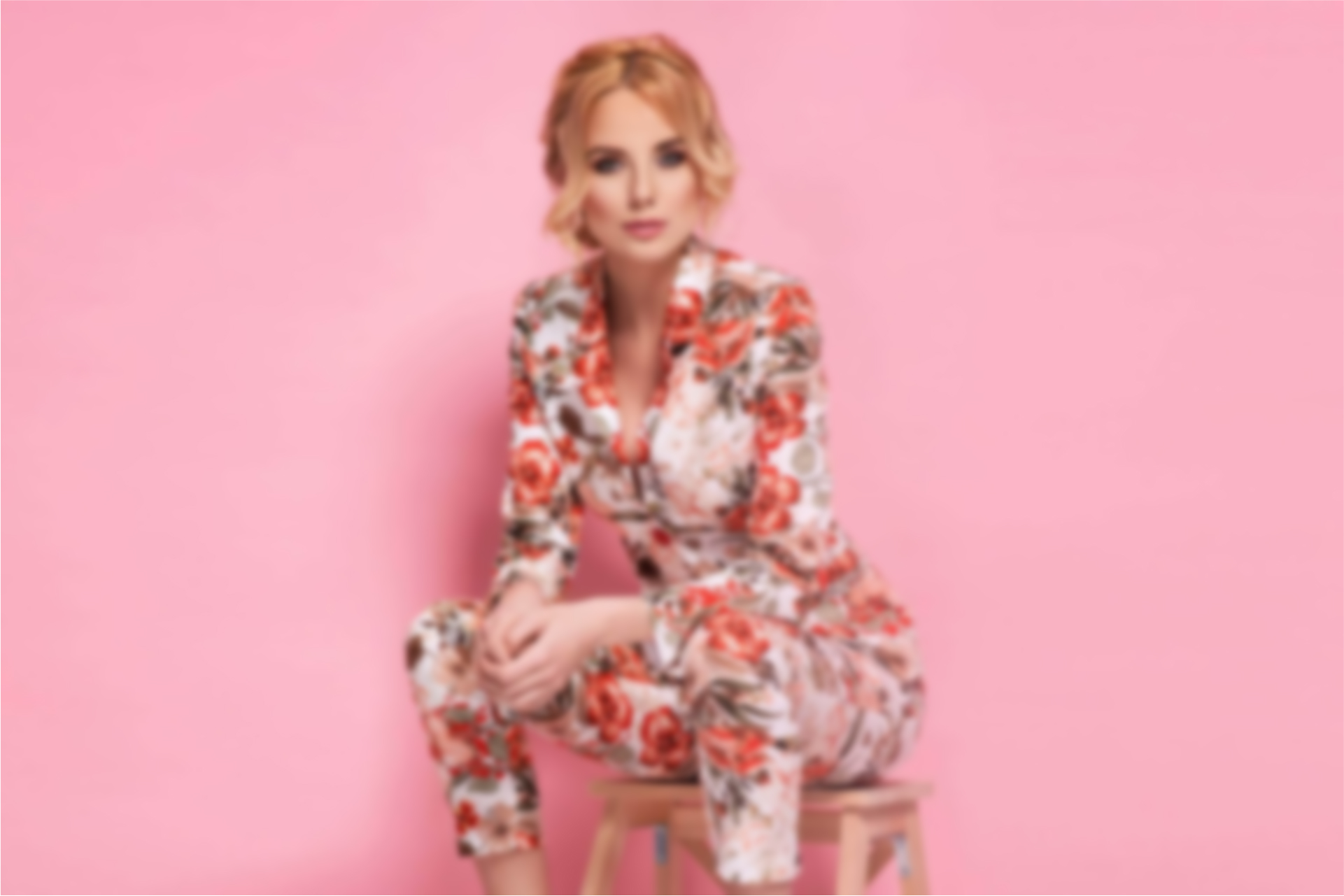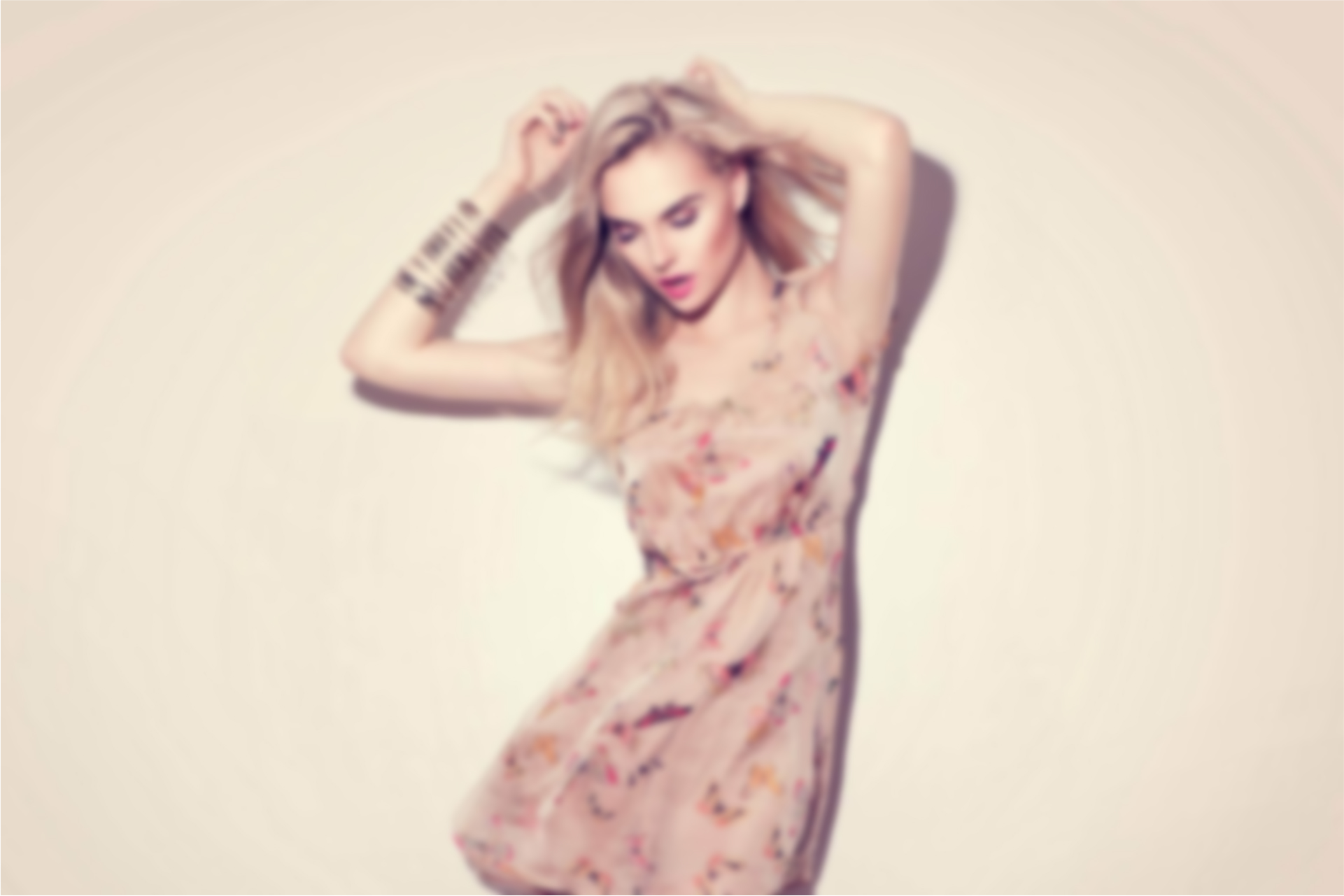Discover top-quality Wholesale Blank Long Sleeve Shirts with Dress Merchant — your trusted apparel/garments buying agent. We connect you with premium manufacturers and exporters for bulk sourcing of stylish, durable, and customizable long sleeve shirts. Whether for fashion brands, retailers, or corporate needs, we ensure cost-effective solutions with low MOQs, fast delivery, and unmatched service. Partner with Dress Merchant for seamless global sourcing.
Thank you for reading this post, don't forget to subscribe!1. The Enduring Appeal of Blank Long Sleeve Shirts
The long sleeve shirt, in its unadorned state, possesses a unique and enduring appeal that transcends seasonal trends and demographic boundaries. Its simplicity is its strength, offering a blank canvas for creativity and a practical solution for a myriad of needs. This fundamental garment serves as the bedrock for countless custom apparel projects, making it a cornerstone of the wholesale clothing market. Understanding this inherent appeal is the first step in appreciating its commercial significance.
1.1 Versatility in All Seasons
Unlike short-sleeve alternatives, the long sleeve shirt offers a crucial layer of protection and warmth, making it suitable for a wider range of climates and conditions. In cooler months, it functions as a standalone top or a comfortable layering piece under jackets and sweaters. During warmer periods, lighter-weight long sleeves can offer sun protection or a stylish, breathable option for cooler evenings. This adaptability ensures year-round relevance, a significant advantage for businesses stocking inventory. Its ability to transition seamlessly between seasons minimizes dead stock and maximizes sales potential.
1.2 A Canvas for Creative Expression
The unadorned nature of a blank long sleeve shirt is its greatest asset for customization. It provides an ideal surface for various decoration techniques, from intricate screen printing and vibrant direct-to-garment (DTG) printing to detailed embroidery and heat transfers. This “blank slate” allows businesses and individuals to transform a basic garment into a personalized statement, a branded uniform, or a unique piece of merchandise. The potential for creative application is virtually limitless, making these shirts a favorite among custom apparel providers.
1.3 Practicality and Comfort Combined
Beyond aesthetics, the long sleeve shirt is inherently practical. It offers coverage and comfort, protecting the wearer’s arms from sun, cool air, or minor abrasions. The diverse range of fabric blends available ensures that comfort can be tailored to specific needs, whether it’s the softness of cotton, the moisture-wicking properties of polyester, or the flexibility of a tri-blend. This combination of practicality and comfort makes it a go-to choice for everyday wear, work uniforms, athletic activities, and promotional events.
2. Unpacking Fabric Compositions and Their Benefits
The choice of fabric is paramount when selecting wholesale blank long sleeve shirts, as it directly impacts comfort, durability, aesthetic appeal, and suitability for various decoration methods. Different fabric compositions offer distinct advantages, catering to specific needs and preferences. A thorough understanding of these materials is crucial for making informed purchasing decisions and effectively marketing the final product.
2.1 The Classic Comfort of Cotton
Cotton remains the most popular choice for blank apparel due to its natural breathability, softness, and comfort. It’s a highly absorbent fiber, making it pleasant to wear against the skin, and it takes well to most printing methods, particularly screen printing. Available in various weights, from lightweight jersey to heavy fleece, cotton long sleeve shirts are versatile for different climates and uses. However, 100% cotton can be prone to shrinking and wrinkling, which are important considerations. Organic cotton options are also gaining popularity for their environmental benefits.
2.2 Performance and Durability with Polyester
Polyester is a synthetic fiber renowned for its strength, durability, and resistance to shrinking, stretching, and wrinkling. It’s also excellent at wicking moisture away from the body, making it a preferred choice for athletic wear and performance long sleeve shirts. Polyester holds color vibrantly and is ideal for sublimation printing, which bonds the dye directly into the fabric fibers, resulting in incredibly durable designs. While less breathable than cotton, advancements in fabric technology have led to softer, more comfortable polyester blends.
2.3 The Best of Both Worlds: Blended Fabrics
Blended fabrics combine the desirable properties of different fibers, offering a balance of comfort, performance, and durability. Common blends include cotton-polyester (CVC) and tri-blends (cotton, polyester, rayon). Cotton-polyester blends offer the softness of cotton with the added durability and reduced shrinkage of polyester. Tri-blends provide an exceptionally soft, drapey feel, often with a slightly heathered appearance, making them popular for fashion-forward apparel. These blends often offer a unique texture and handfeel that single-fiber fabrics cannot replicate, providing a broader range of options for consumers.
3. A Spectrum of Styles and Fits
The market for wholesale blank long sleeve shirts is incredibly diverse, offering a wide array of styles and fits to suit every body type, preference, and purpose. From casual everyday wear to specialized athletic apparel, understanding these distinctions is key to selecting the right product for your target audience. The subtle nuances in design can significantly impact how a shirt looks and feels, and how it performs in various settings.
3.1 Classic Crew Neck and V-Neck Options
The crew neck is the most traditional and universally popular neckline for long sleeve shirts. Its simple, round shape offers a timeless and versatile look suitable for almost any occasion. It’s a staple for both casual wear and uniform applications. The V-neck, conversely, offers a more open and often perceived as more modern or flattering silhouette. It can add a touch of style and is often favored for more fashion-conscious consumers or those looking for a slightly less restrictive feel around the neck. Both necklines serve as excellent foundations for decoration, with the choice often coming down to personal preference or brand aesthetic.
3.2 Tailored and Relaxed Fit Varieties
The fit of a long sleeve shirt dramatically alters its appearance and comfort. Relaxed fit shirts offer ample room in the body and sleeves, prioritizing comfort and freedom of movement. They are ideal for casual wear, work environments where ease of movement is essential, or for layering. Tailored fit, also known as slim or athletic fit, offers a more contoured silhouette, closely following the body’s natural lines without being overly restrictive. This fit is popular for modern fashion, activewear, and situations where a cleaner, more streamlined look is desired. Understanding your audience’s preference for fit is crucial for minimizing returns and maximizing satisfaction.
3.3 Specialized Styles: Raglan, Henley, and More
Beyond the basic crew and V-neck, several specialized long sleeve styles cater to niche markets and specific aesthetic preferences. Raglan sleeve shirts feature sleeves that extend in one piece fully to the collar, creating a diagonal seam from the underarm to the neckline. This style is popular in athletic wear and provides a distinctive, sporty look often associated with baseball tees. Henley shirts are collarless pullover shirts characterized by a placket opening at the front, typically secured by two to five buttons. They offer a more refined casual look, bridging the gap between a basic tee and a polo shirt. Other styles include hooded long sleeve shirts for added warmth and casual appeal, and mock neck or turtleneck long sleeves for colder climates or a more sophisticated look.
4. Sizing Standards and Considerations
Accurate sizing is a critical factor in customer satisfaction and inventory management when dealing with wholesale blank long sleeve shirts. Unlike a one-size-fits-all product, apparel requires careful attention to measurement standards and potential variations between manufacturers. Misunderstandings in sizing can lead to high return rates and dissatisfied customers, impacting profitability and brand reputation.
4.1 Understanding Unisex, Men’s, and Women’s Sizing
Most wholesale blank long sleeve shirts are offered in unisex sizing, designed to fit both men and women, albeit often with a looser fit on women and a standard fit on men. This simplifies inventory for businesses serving a broad audience. However, many suppliers also offer men’s specific sizing, which typically features broader shoulders and a straighter cut through the torso, and women’s specific sizing, which often includes a more contoured fit, narrower shoulders, and sometimes a slightly longer body or more shaped waist. It’s essential to understand the target demographic and select sizing appropriate for them to ensure a comfortable and flattering fit. Always consult the manufacturer’s size charts as there can be slight variations between brands.
4.2 The Importance of Size Charts and Measuring Guides
Relying solely on “small,” “medium,” or “large” labels can be misleading, as these classifications are not universally standardized across all brands and manufacturers. The most reliable approach is to consult and provide detailed size charts that include actual garment measurements (e.g., chest width, body length, sleeve length). For customers, offering clear measuring guides that instruct them on how to take their own body measurements or measure an existing garment will significantly reduce sizing errors. Emphasizing the importance of checking these charts before ordering can save both the business and the customer considerable time and hassle.
4.3 Navigating Shrinkage and Fabric Care Instructions
Different fabric compositions react differently to washing and drying. Natural fibers like cotton are more prone to shrinkage, especially if dried on high heat. Synthetic fibers like polyester are generally more stable. It’s crucial for wholesale buyers to be aware of potential shrinkage to advise their customers accordingly, particularly if the shirts are intended for custom printing where shrinkage could distort a design. Providing clear fabric care instructions (e.g., “wash cold, tumble dry low”) with the final product will help maintain the shirt’s size, shape, and integrity, ensuring customer satisfaction and longevity of the garment. This proactive approach minimizes complaints related to post-wash changes.
5. Decoration Techniques: Transforming the Blank Canvas
The primary purpose of wholesale blank long sleeve shirts for many buyers is their potential for customization. A wide array of decoration techniques can be employed to transform a plain garment into a branded item, a fashion statement, or promotional merchandise. Understanding the capabilities and limitations of each method is crucial for achieving desired aesthetic results, ensuring durability, and managing production costs.
5.1 Screen Printing: Versatility and Vibrancy
Screen printing is one of the oldest and most widely used methods for decorating apparel. It involves pushing ink through a mesh screen onto the fabric, with different screens used for each color in a design. This technique is highly versatile, capable of producing vibrant colors and opaque prints on various fabric types. It’s particularly cost-effective for large production runs due to its efficiency once the screens are set up. Screen printing is known for its durability, with prints often lasting the lifetime of the garment. However, it can be less suitable for highly detailed, multi-color designs or very small runs due to setup costs.
5.2 Direct-to-Garment (DTG) Printing: Detail and Flexibility
Direct-to-Garment (DTG) printing is a digital printing method that applies ink directly onto the fabric, similar to an inkjet printer on paper. This technique excels at reproducing complex, full-color designs, gradients, and photographic images with high detail and accuracy. DTG is highly flexible, allowing for small print runs or even single-item customization, making it ideal for on-demand printing and personalized products. It offers a soft handfeel as the ink soaks into the fabric rather than sitting on top. However, DTG typically has higher per-piece costs than screen printing for large quantities and works best on 100% cotton garments or high-cotton blends for optimal results.
5.3 Embroidery: Texture and Professionalism
Embroidery involves stitching a design directly onto the fabric using threads. This method creates a textured, raised effect that conveys a sense of quality, professionalism, and durability. Embroidery is particularly well-suited for logos, text, and simpler designs, and it holds up exceptionally well to washing and wear. It’s a popular choice for corporate apparel, uniforms, and premium merchandise where a sophisticated look is desired. While it can be more expensive per piece than printing and is not ideal for highly intricate designs or large coverage areas, its perceived value and longevity make it a worthwhile investment for many applications.
5.4 Other Methods: Heat Transfer, Sublimation, and More
Beyond the major three, several other decoration techniques offer unique benefits. Heat transfer vinyl (HTV) involves cutting designs from vinyl and applying them to the shirt with heat and pressure. It’s great for names, numbers, and simple graphics, offering vibrant colors and good durability, especially for athletic wear. Sublimation printing is ideal for polyester garments, where the ink turns into a gas and infuses directly into the fabric, resulting in a smooth, vibrant, and incredibly durable print that won’t crack or peel. This method is perfect for all-over prints or designs that need to withstand heavy washing. Other less common methods include applique (sewing one piece of fabric onto another) and patches (pre-made designs sewn onto the garment), each offering distinct aesthetic possibilities.
6. Sourcing Strategies and Considerations
Sourcing wholesale blank long sleeve shirts effectively is crucial for any business, whether you’re a small startup or a large distributor. The right sourcing strategy ensures quality products, competitive pricing, reliable supply, and ethical practices. Understanding the various channels and factors involved in procurement will significantly impact your operational efficiency and profitability.
6.1 Direct from Manufacturers: Volume and Customization
Sourcing directly from manufacturers can offer the most competitive pricing, especially for very large orders. This approach typically involves higher minimum order quantities (MOQs) but allows for greater customization in terms of fabric, color, and specific design features. Working directly with a manufacturer also provides transparency in the supply chain and potentially better quality control. It’s often the preferred route for large brands or distributors who have the capital and infrastructure to manage international logistics and quality assurance. This method requires strong communication and a clear understanding of production timelines.
6.2 Wholesale Distributors: Convenience and Variety
For most small to medium-sized businesses, purchasing from wholesale distributors is the most common and practical approach. Distributors stock a wide variety of brands, styles, and sizes, offering convenience, faster shipping times, and lower MOQs compared to direct manufacturing. They act as intermediaries, consolidating products from multiple manufacturers, which simplifies the purchasing process. This allows businesses to diversify their inventory without committing to massive orders from individual factories. Many distributors also offer online portals, making ordering efficient and straightforward.
6.3 Ethical Sourcing and Sustainability Practices
In today’s market, ethical sourcing and sustainability practices are increasingly important to consumers and businesses alike. This involves ensuring that the long sleeve shirts are produced under fair labor conditions, without exploitative practices, and with minimal environmental impact. When sourcing, look for suppliers who are transparent about their supply chain and hold certifications such as Fair Trade, GOTS (Global Organic Textile Standard), or Oeko-Tex Standard 100. Prioritizing these considerations not only aligns with corporate social responsibility but can also enhance brand reputation and appeal to a growing segment of conscious consumers.
6.4 Navigating Minimum Order Quantities (MOQs)
Minimum Order Quantities (MOQs) are a common aspect of wholesale purchasing. Manufacturers and distributors set MOQs to cover their production and handling costs, making it economically viable for them to fulfill orders. MOQs can vary significantly depending on the supplier, the type of garment, and whether you are buying directly from a factory or through a distributor. For smaller businesses, finding suppliers with lower MOQs is crucial to manage inventory risk and cash flow. Negotiating MOQs can sometimes be possible, especially with repeat business or if you commit to a long-term relationship. Understanding and planning for MOQs is a fundamental part of efficient wholesale sourcing.
7. Quality Control and Inspection Protocols
Ensuring the quality of wholesale blank long sleeve shirts is paramount for customer satisfaction and brand reputation. Investing in robust quality control and inspection protocols throughout the supply chain can prevent costly mistakes, minimize returns, and build trust with your clientele. A systematic approach to quality assurance covers everything from raw materials to the final packed product.
7.1 Pre-Production Checks: Fabric and Dye Testing
Quality control begins even before production starts with pre-production checks. This involves rigorous testing of raw materials, particularly the fabric. Fabric samples should be inspected for consistency in weave, weight, and color. Dye lots must be checked to ensure color fastness and to prevent bleeding or fading. Testing for shrinkage rates is also crucial at this stage to anticipate how the garments will behave after washing. Identifying potential issues with materials early on can prevent an entire batch of shirts from being compromised, saving significant time and resources down the line.
7.2 In-Process Inspections: Stitching and Construction
During the manufacturing process, in-process inspections are vital. This involves random or systematic checks at various stages of production. Inspectors should verify that stitching is consistent, seams are strong and even, and that all components like cuffs, collars, and hems are properly constructed and attached. They should also check for any defects such as loose threads, skipped stitches, or fabric pulls. Catching these issues while the shirts are still on the production line allows for immediate correction, preventing defective garments from moving further down the supply chain and incurring additional costs.
7.3 Post-Production and Final Audits
Once the long sleeve shirts are completed, a post-production and final audit is the last line of defense before shipment. This comprehensive inspection typically involves a detailed check of a statistically significant sample from the entire batch. Inspectors will assess the finished product for overall appearance, confirm correct sizing according to specifications, check for any lingering defects, and ensure proper labeling and packaging. This final audit provides an overarching quality assurance stamp, ensuring that the products leaving the factory or warehouse meet all agreed-upon standards and are ready for sale to the end consumer.
8. Pricing Strategies for Profitability
Developing effective pricing strategies for wholesale blank long sleeve shirts is essential for ensuring profitability while remaining competitive in the market. Pricing isn’t just about covering costs; it’s about positioning your brand, attracting the right customers, and maximizing revenue. A multi-faceted approach considers various factors beyond simple cost-plus calculations.
8.1 Cost-Plus Pricing and Markup Considerations
The most basic pricing strategy is cost-plus pricing, where you add a predetermined markup percentage to the cost of acquiring the long sleeve shirt (including purchasing price, shipping, and any import duties). While simple, it’s crucial to consider what a “fair” markup is. This markup needs to cover your operational overheads (storage, marketing, labor, etc.) and provide a healthy profit margin. Factors influencing markup include the perceived value of the shirt, the target market, and competitor pricing. For instance, a premium blank shirt might justify a higher markup than a basic economy option.
8.2 Volume Discounts and Tiered Pricing Models
To incentivize larger orders, implementing volume discounts or tiered pricing models is a common and effective strategy in wholesale. This means offering a lower per-unit price as the quantity ordered increases. For example, a shirt might cost $5 for 1-24 units, but only $4.50 for 25-99 units, and $4 for 100+ units. This benefits both the buyer (lower unit cost) and the seller (larger order value and reduced handling per unit). Clearly communicating these tiers can encourage buyers to increase their order size, leading to greater overall revenue for your business.
8.3 Competitive Pricing and Market Positioning
Understanding your competitors’ pricing is vital for effective competitive pricing. While you don’t want to engage in a race to the bottom, being aware of market benchmarks helps you position your offerings appropriately. Are you aiming to be the most affordable option, a premium provider, or somewhere in the middle? Your pricing should reflect your brand’s market positioning. If you offer superior quality, unique styles, or exceptional customer service, you might be able to command a higher price. Conversely, if your strength is high volume and low cost, your pricing should reflect that. Regular market research is essential to stay competitive.
8.4 Value-Added Services and Upselling Opportunities
Beyond the basic cost of the blank shirt, consider how value-added services can enhance your offering and provide opportunities for upselling. This could include offering in-house decoration services (screen printing, embroidery), private labeling, custom packaging, or expedited shipping options. By bundling these services or making them available as add-ons, you can increase the overall transaction value per customer. These services differentiate your business from competitors who only sell blank garments and cater to customers looking for a more complete solution, allowing for higher profit margins on a comprehensive package.
9. Marketing and Sales Strategies for Wholesale Buyers
Effectively marketing and selling wholesale blank long sleeve shirts requires a nuanced understanding of the business-to-business (B2B) landscape. Unlike direct-to-consumer sales, the focus is on providing solutions for other businesses, emphasizing quality, reliability, and profitability for their own ventures. Strategic marketing and sales efforts are crucial to reaching and converting these key buyers.
9.1 Building a Strong Online Presence: B2B E-commerce
In today’s digital age, a robust online presence is non-negotiable. This means developing a user-friendly, professional B2B e-commerce website that showcases your range of wholesale blank long sleeve shirts. The site should feature high-quality product images, detailed descriptions (including fabric composition, sizing charts, and available colors), and transparent pricing structures (e.g., tiered pricing). An intuitive ordering system, secure payment gateways, and clear shipping policies are also essential. Optimizing your website for search engines (SEO) with relevant keywords like “wholesale blank long sleeve shirts” will help potential buyers find you.
9.2 Targeted Advertising and Digital Marketing
Effective targeted advertising and digital marketing campaigns are crucial for reaching wholesale buyers. This includes using platforms like Google Ads to target businesses searching for wholesale apparel, and social media platforms (e.g., LinkedIn, Instagram for visual industries) to engage with potential clients. Content marketing, such as blog posts about fabric types, decoration tips, or industry trends, can position your business as an expert and attract organic traffic. Email marketing to a segmented list of potential and existing wholesale clients, offering new product announcements, promotions, or industry insights, can also be highly effective.
9.3 Showcasing Customization Potential
For businesses selling blank shirts, it’s vital to showcase their customization potential. This means going beyond just displaying the blank garment. Feature high-quality examples of long sleeve shirts that have been decorated using various techniques (screen printing, embroidery, DTG). Create mock-ups or a virtual design tool on your website that allows potential buyers to visualize their logos or designs on your shirts. Highlight success stories from other businesses that have used your blank shirts for their branding or merchandise. Emphasizing the transformation from blank canvas to finished product helps buyers envision their own success.
9.4 Leveraging Trade Shows and Networking Events
Despite the rise of digital marketing, trade shows and networking events remain invaluable for B2B sales. Attending industry-specific apparel, printing, or promotional product trade shows allows you to meet potential buyers face-to-face, showcase your products, and build relationships. These events provide opportunities for immediate feedback, networking with other industry professionals, and establishing trust. Having a well-designed booth with samples of your blank shirts and decorated examples can attract significant interest and lead to valuable sales leads and partnerships.
10. Emerging Trends and Future Outlook
The apparel industry is dynamic, constantly evolving with new technologies, consumer preferences, and global shifts. Staying abreast of emerging trends is crucial for businesses dealing in wholesale blank long sleeve shirts, allowing them to anticipate demand, innovate their offerings, and maintain a competitive edge. The future outlook points towards specific areas of growth and transformation.
10.1 Growing Demand for Sustainable and Eco-Friendly Options
The consumer landscape is increasingly driven by environmental consciousness, leading to a significant and sustained growing demand for sustainable and eco-friendly options. This translates directly to wholesale blank long sleeve shirts, with buyers actively seeking products made from organic cotton, recycled polyester, hemp, or other low-impact materials. Suppliers who can offer certifications (e.g., GOTS, Oeko-Tex) and transparent supply chains will gain a competitive advantage. Businesses should consider expanding their inventory to include these options and clearly communicate their commitment to sustainability in their marketing efforts.
10.2 Advancements in Fabric Technology and Performance
Advancements in fabric technology are continually enhancing the performance and comfort of long sleeve shirts. This includes innovations like moisture-wicking and quick-drying fabrics for athletic and outdoor wear, anti-microbial treatments for odor control, and blends that offer enhanced stretch and recovery. For wholesale buyers, understanding these technological developments can open new market segments, such as performance apparel for fitness brands or specialized uniforms for demanding work environments. Investing in or promoting shirts made with these advanced fabrics can differentiate your offering.
10.3 The Rise of Customization and Personalization
While customization has long been a factor, the rise of personalization is taking it to new heights. Consumers increasingly desire unique items tailored to their individual tastes or specific needs. This trend, supported by advancements in digital printing technologies like DTG, means that wholesale blank long sleeve shirts are more vital than ever as the foundation for highly personalized products. Businesses should be prepared to facilitate small-batch customization, direct-to-consumer personalization services, or partner with printing companies that can offer such capabilities, moving beyond just bulk customization for large organizations.
10.4 Supply Chain Resilience and Nearshoring Trends
Global events have highlighted the vulnerabilities in complex, far-flung supply chains, leading to a focus on supply chain resilience and nearshoring trends. Businesses are increasingly looking to diversify their sourcing, with some considering manufacturers closer to home (nearshoring) or within the same continent to reduce lead times, shipping costs, and geopolitical risks. For wholesale blank long sleeve shirts, this could mean a shift towards domestic or regional manufacturing where feasible, or at least a stronger emphasis on robust inventory management and multi-supplier strategies to mitigate disruptions. This trend aims to create more agile and reliable supply networks.
Conclusion: Wholesale Blank Long Sleeve Shirts
At Dress Merchant, we understand the evolving demands of the global fashion and apparel industry—and wholesale blank long sleeve shirts stand as a versatile, timeless staple that meets those demands across every season. Whether for retail branding, corporate use, or promotional customization, these wardrobe essentials offer unmatched flexibility, quality, and market appeal. As a trusted sourcing agent for apparel and garments manufacturers and exporters, Dress Merchant ensures that our clients have access to top-tier products, competitive pricing, and efficient supply chain solutions. Partner with us to streamline your sourcing journey and secure consistent, high-quality wholesale blank long sleeve shirts tailored to your specific needs.













